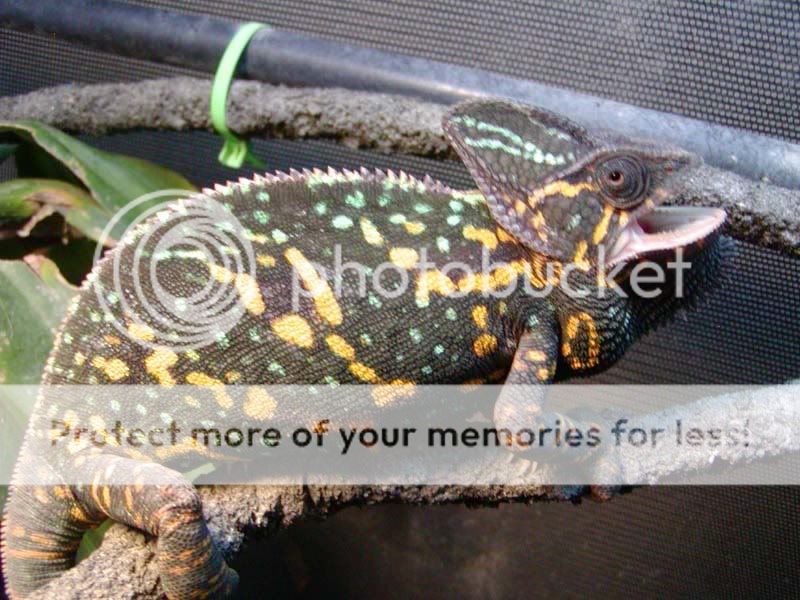Dankmeleon
New Member
I also aquired a younger female of unknown age, here are some pics of them, let me know how you guys think these two pair and if the female looks almost ready. thank!
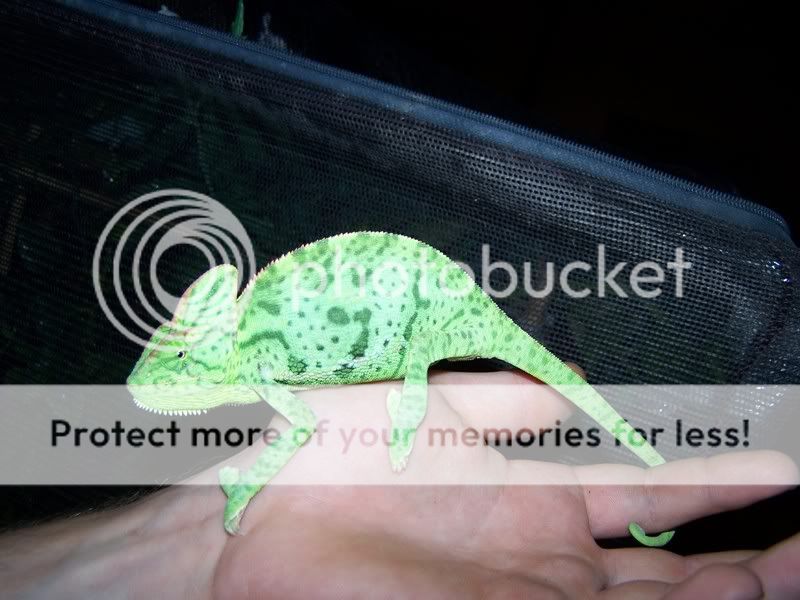
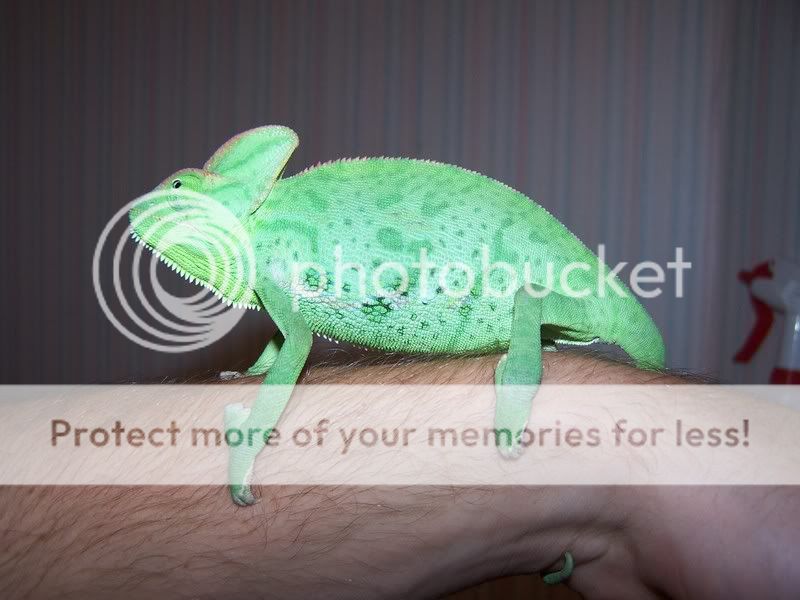
and the male 6-7 months old but i don't know for sure
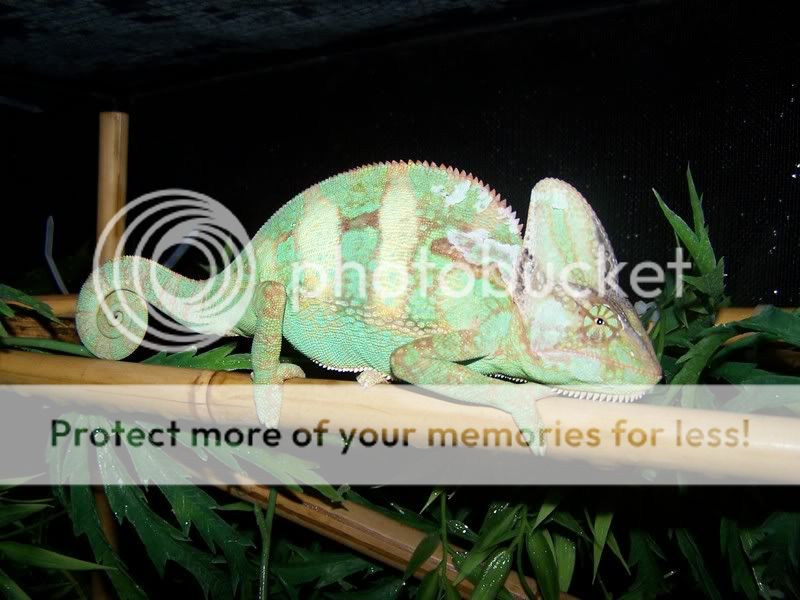
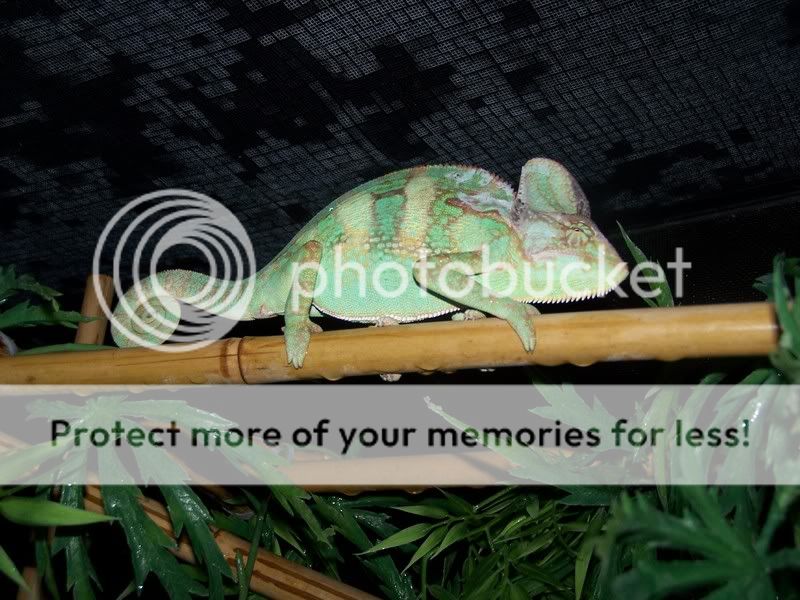

Last edited:


